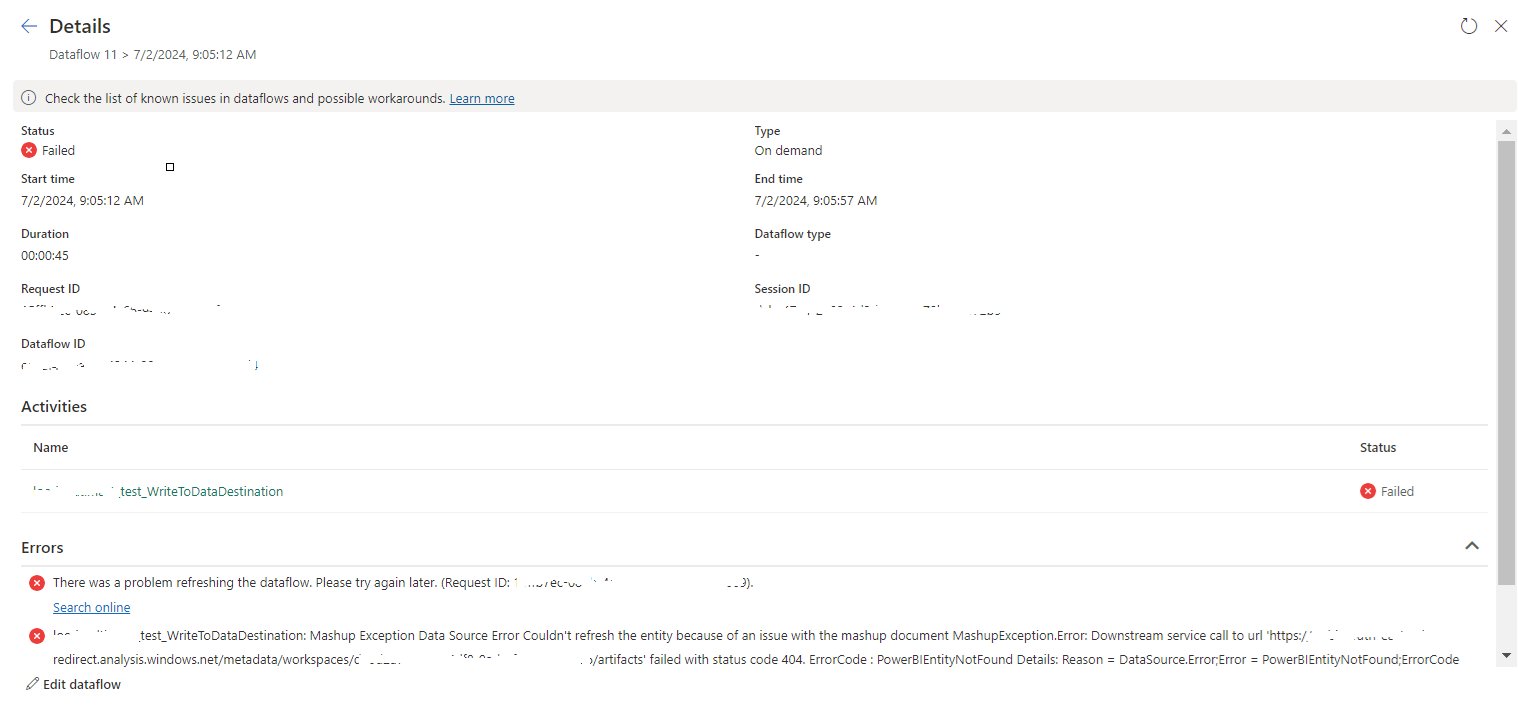While taking the Top or Bottom count using a MDX query or using a Named Set, we may need to exclude Unknown member. We can easily do it by using the FILTER function as below.
Same can be applied for the bottom count as well. Also we can filter any other member using the same approach.
1: TopCount
2: (
3: FILTER([Item].[Item].[Item].Members,[Item].[Item].CurrentMember.MEMBER_CAPTION<>'Unknown' ),
4: 100,
5: [Measures].[Unit Price]
6: )
Same can be applied for the bottom count as well. Also we can filter any other member using the same approach.



